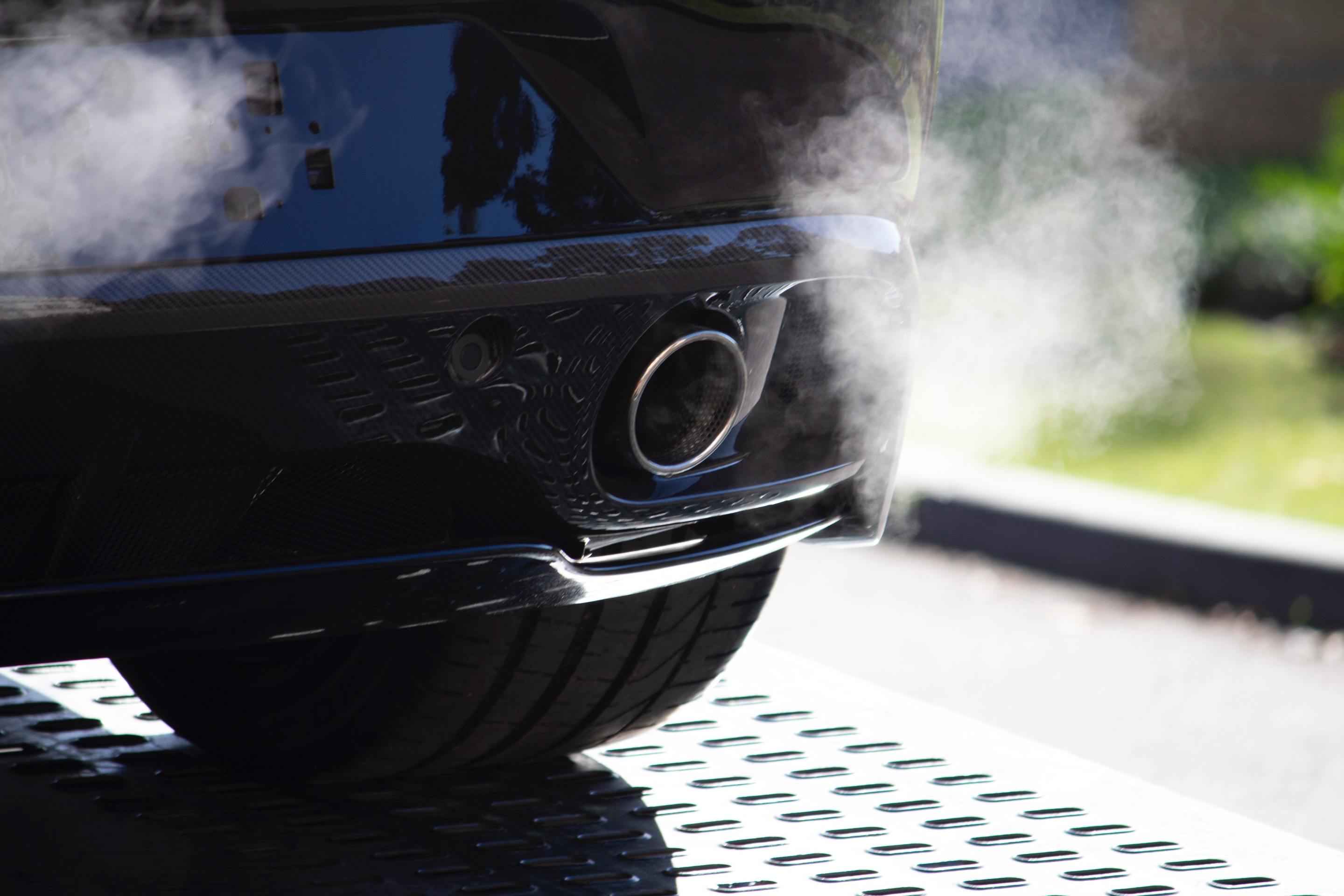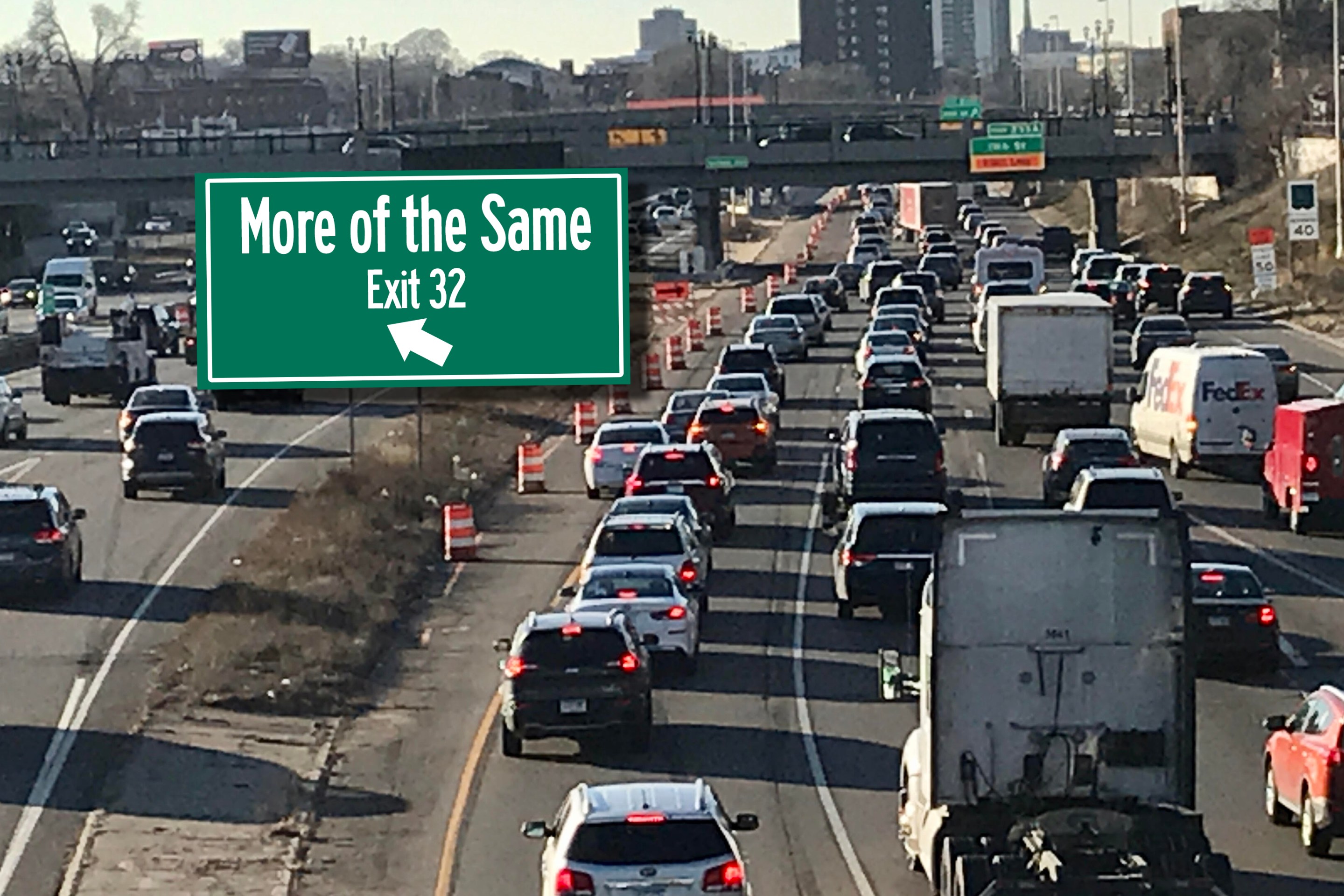This week on the podcast, we’re joined by former Federal Highway Administration Deputy Administrator Andrew Rogers to discuss how Congress can help reduce traffic deaths and collisions with the use of technology. We discuss how to influence lawmakers to no longer have the "Crash first, fix later" mentality.
At Talking Headways, we give you three ways to enjoy our quality programming:
- Read an unedited transcript here. (Warning: There will be typos.)
- Read an excerpt below.
- Click the little aqua arrow in the white circle below to listen to the whole broadcast:
Edited section:
Jeff Wood: So you are launching MARS — Modern Analytics for Roadway Safety. Who’s part of the group and is this part of your strategy to influence the goings on that are happening at the moment?
Andrew Rogers: So MARS is made up of safety advocates, technology partners, automakers, transportation professionals, and we’re really focused on one big goal: moving America from a reactive safety model to a proactive one — one where predictive analytics can help spot risks and prevent tragedies before they happen.
I talk about this in the context of some of the lessons that I learned the hard way during my time at US DOT. The assumption is that more money for safety equals safer outcomes. The harsh reality is we’ve been pouring a lot of money in the name of safety for decades and yet we’re still losing nearly 40,000 individuals every single year. MARS is about not just more funding in the name of safety, although it’s critically important that we fund safety, but also leaning into some technologies on a shelf to really change our mindset from one that waits for the bad thing to happen and then tries to fix it later and, instead, targets those preventable tragedies and tries to prevent them in advance.
Wood: "Crash first, fix it later" is the way that we do things now.
Rogers: Every state has to write a strategic highway safety plan every year to basically explain how it plans to deliver safety projects throughout its state.
And it’s not a terribly well-kept secret that it's basically a creative writing exercise and an opportunity to identify projects that may absolutely have a safety benefit, but won't deliver the most efficacious use of federal dollars. Is there a hotspot that’s just around the corner in a different neighborhood that those dollars would be far better spent towards? That isn’t necessarily how those plans get developed today.
And instead of waiting for crashes to happen and reacting, which is really what we do today, we can use some of those those analytical tools to see where accelerations, harsh braking, excessive speeding or distracted driving are occurring. Then we can say, "Let’s go after those hotspots with proven safety countermeasures." I think we would see a very different safety outcome, and we would probably do so with a far more responsible use of taxpayer dollars.
Wood: Can you give me some examples? Maybe it's just me, but I’m wondering what some of the specifics are those on the shelf things you’re talking about Is it just highways? Is it urban areas? I’m curious about the technology.
Rogers: Sure. Let me give you an example. Midway through last year, Ohio passed a hands-free driving law related. Gov. DeWine has a personal story there related to traffic safety, and he really leaned in on the issue and didn’t want to just sort of pass a law and see what happens.
He wanted to pass a law and measure the efficacy of it and ensure that it was being enforced in a way that would be most effective. And what he did was he partnered with a company called Cambridge Mobile Telematics, and what they did together was measure distracted driving throughout Ohio.
It used real visualization tools, sort of like a Zillow for safety engineers. And they were able to target where in the state, whether it’s county level, city level municipality, the most distracted driving was occurring. And that meant they could target education campaigns, variable message signs, they could put out uniformed officers, they could actually lean in and not just pass a along hope.
And through a combination of the passage of the law and then the support of the law through these technologies, the effects were remarkable in terms of just how effective they were through the use of this technology.






